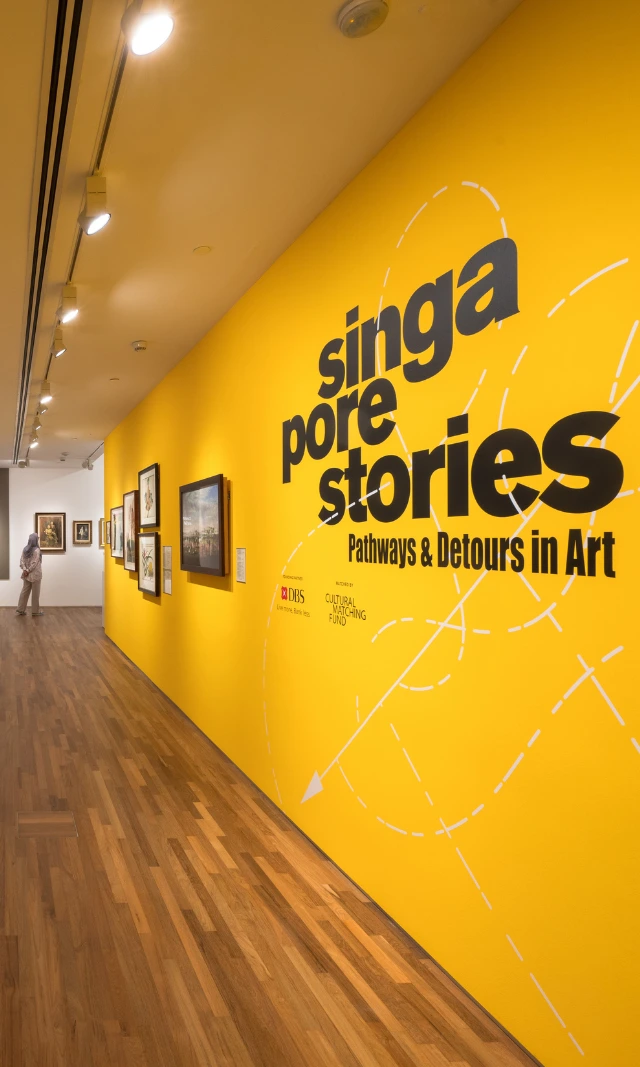Stop 13
Aboriginal and Torres Strait Islander Connections to Southeast Asia
4013.Aboriginal and Torres Strait Islander Connections to Southeast Asia(0:00)
0:00
0:00
Each of the artworks along this wall reveals traces of the historical connection between Southeast Asia and the Aboriginal Communities of northern Australia. One of these connections is the use of buffalo imagery. Buffalo are not native to Australia, and were introduced by colonists sometime in the early 19th century. When this happened, the Tiwi people of Wurrumiyanga, or Bathurst Island, eventually adopted it into their ceremonial, spiritual and cultural practices. They even included it in their performances and art. In this work by Albert Croker, the smooth, round body of the buffalo is painted in the distinctive Tiwi style. Most of this work was carved from a single piece of ironwood. Only the ears of the buffalo were carved separately.
More than a century before the buffalo was introduced to northern Australia, traders departing from Makassar in South Sulawesi (now Indonesia) would travel to the coast of Arnhem Land to search for trepang, or sea cucumber. This bark painting by Nandabitta Maminyamandja shows the image of a Makassan ship that plied this trade. Collecting and preparing trepang was a long and laborious process, and as a result the Makassan crews lived side-by-side with Aboriginal Communities for several months at a time, resulting in a cultural exchange that is still reflected in art and ceremony today.










